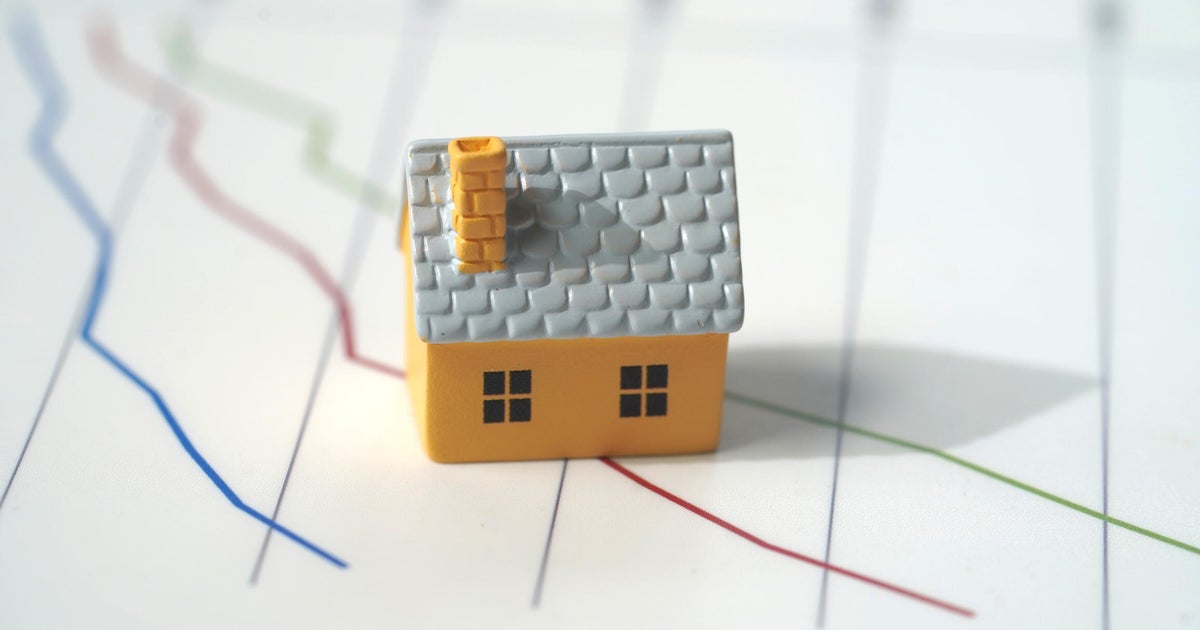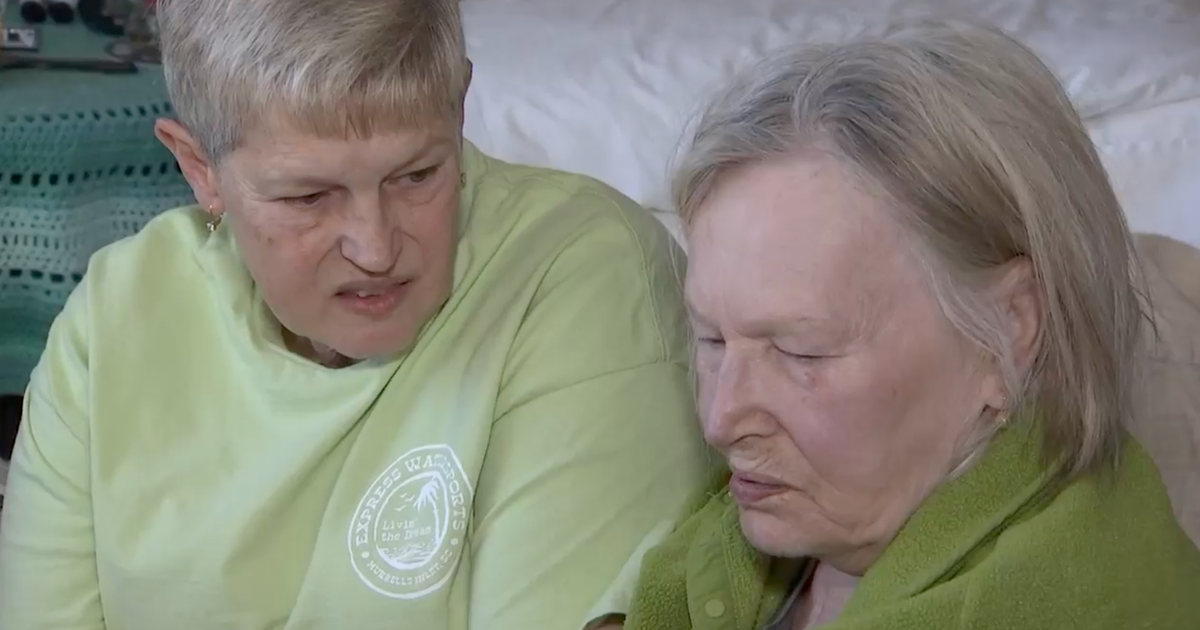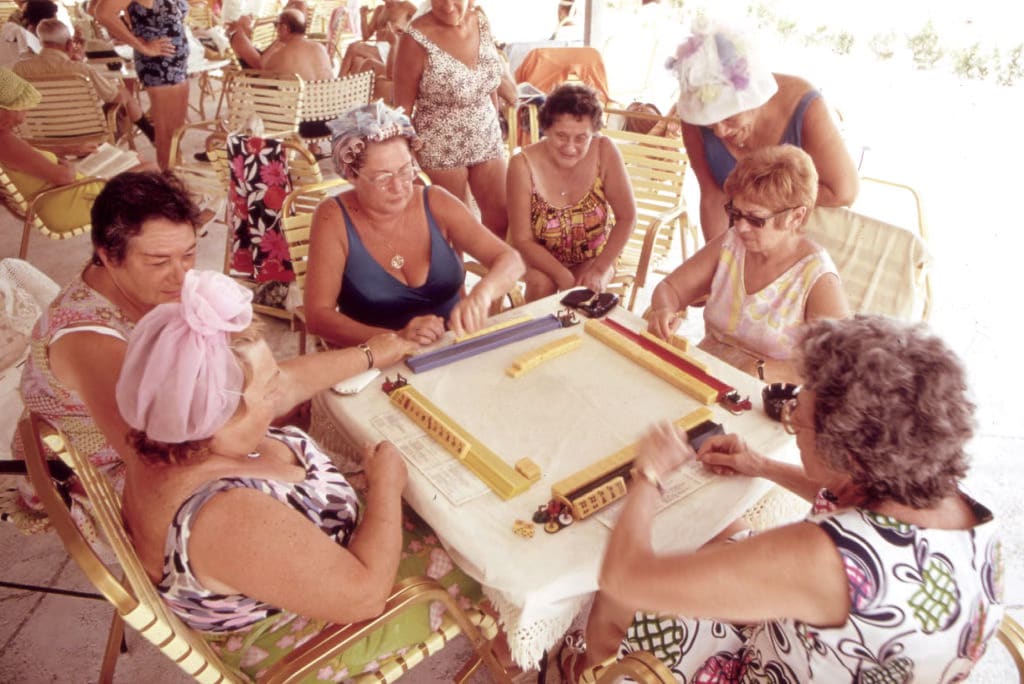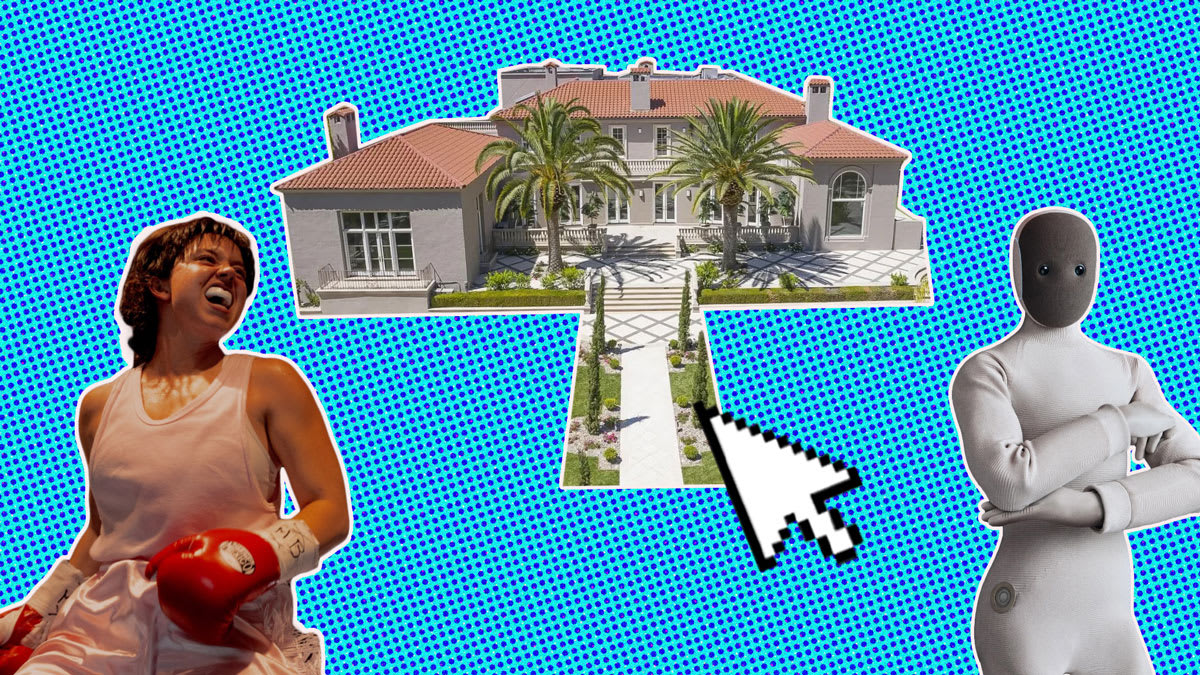5 ways to buy a second home with no down payment
For many, the idea of purchasing a second home, whether as a vacation getaway, investment property or future retirement residence, is a tantalizing prospect. However, the down payment typically required to secure that dream property can be a major stumbling block, preventing would-be buyers from moving forward.
After all, the optimal down payment on a home is typically 20% of the purchase price. By putting at least that much down on a home, you can avoid paying for private mortgage insurance (PMI). And, borrowing requirements are typically more stringent on a second home, so having the money for a large down payment can make it easier to qualify for a mortgage loan.
That said, you don't always have to have the down payment money on hand to purchase a second home. There are creative financing strategies that could help you buy a second home with no money down. Below, we'll discuss what you need to know.
Explore your top home equity loan options online today.
5 ways to buy a second home with no down payment
If you want to buy a home with no down payment, here are some of the top options to consider:
Use your home's equity for funding
If you already own a primary residence, tapping into the equity in that home can be an effective way to fund the down payment on a second property without paying out of pocket. There are two main ways to do this: a home equity loan or a home equity line of credit (HELOC).
A home equity loan allows you to borrow against the equity you've built up in your primary home using a lump-sum loan that you'll repay over a set term. The interest rate is usually fixed on a home equity loan, making your monthly payments predictable. And, many lenders will let you borrow up to 90% of your home's equity, which you can then use toward the down payment on your second home.
A HELOC, on the other hand, is a line of credit that taps into your home equity. It functions more like a credit card, giving you access to a revolving line of credit that you can draw from as needed. HELOCs typically have variable interest rates, so your monthly payments may fluctuate over time as rates go up or down. But HELOCs also offer more flexibility than a home equity loan, allowing you to borrow only what you need for the down payment on your second home.
The main benefit of using home equity to buy a second home is that you don't have to come up with a large lump sum for the down payment. Your existing home's equity serves as the collateral and you can use what you need for the down payment. But if you take this route, just keep in mind that it does increase your overall debt load and monthly housing costs.
Compare today's best home equity loan rates online now.
Explore specialty loan programs
There are also several specialized mortgage programs designed to help make buying a second home more accessible, even with little to no down payment. You'll have to qualify, of course, but using one of the following specialty loan programs could allow you to buy a second home this way:
- Veterans Affairs (VA) loans: If you or your spouse are a current or former member of the U.S. military, you may be eligible for a VA loan. These loans come with the option for a 0% down payment and don't require PMI. Note, though, that VA loans are restrictive in terms of what they can be used for, and while there are ways to use a VA loan for a second home purchase, you'll need to adhere to the requirements to use this type of loan.
- Investor cash flow loans: These loans, also known as rental property loans, are aimed at real estate investors. They allow you to purchase an investment property with as little as 15% down, and may even let you use the projected rental income from the property to qualify.
- Jumbo loan programs: For high-cost properties, jumbo loans can provide a path to homeownership with a down payment as low as 10-15% of the purchase price. The tradeoff with these programs is that you'll typically need strong credit, a low debt-to-income (DTI) ratio and significant financial resources to qualify, but they can be a great option if you meet the criteria.
Tap into your retirement accounts
Your retirement savings can also be a source of funds for a second home down payment. While it's generally not advisable to raid your retirement accounts, there are a few options to consider if you want to buy a second home without paying out of pocket for your down payment:
- 401(k) loan: If your employer allows it, you may be able to borrow against your 401(k) balance to use toward a down payment on a second home. However, you'll need to pay back the loan, plus interest, over time.
- IRA withdrawal: First-time home buyers are allowed to withdraw up to $10,000 from a traditional IRA or Roth IRA for a home purchase without paying the standard early withdrawal penalty.
The main downside of these approaches is that they reduce your long-term retirement savings. But if buying a second home is a high priority, they could be worth exploring.
Consider a rent-to-own arrangement
For some prospective second-home buyers, a rent-to-own or lease-to-own agreement can provide a path to homeownership with little or no down payment. With these arrangements, you essentially rent the property for a set period, with a portion of the rent payments going toward the eventual purchase price.
At the end of the rental period, you have the option to buy the home using the accumulated "rent credits" as your down payment. This allows you to get your foot in the door without needing a large lump sum upfront. However, the overall purchase price is often higher under a rent-to-own deal, so you'll want to carefully evaluate the long-term costs of entering this type of agreement.
Leverage seller financing
Another creative option is to negotiate with the seller of the second home to provide some or all of the financing themselves. This is known as seller financing or owner financing. The seller essentially acts as the lender, allowing you to purchase the home with a lower down payment.
The terms of the loan and down payment requirements will vary based on the seller's willingness to participate, but if you find the right home and the right seller, you may be able to negotiate a no- or low-down-payment purchase of your second home. While these types of opportunities are rare, this can be a good solution to consider if traditional lenders aren't an option or if you need more flexibility than a typical mortgage provides.
The bottom line
Buying a second home can be an exciting financial move, but the down payment requirement can be a major hurdle. Luckily, there are ways you can purchase that vacation home or investment property with little to no money down in some cases. You can start by exploring creative financing options like home equity loans, HELOCs, specialty mortgage programs, rent-to-own deals and seller financing, which may be a good alternative. Just be sure to carefully weigh the tradeoffs and risks of each approach to find the right fit for your financial situation.






